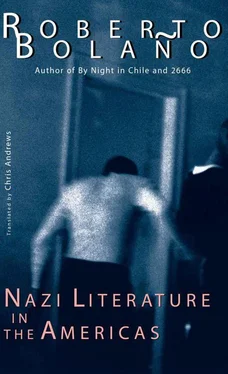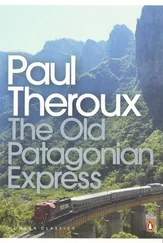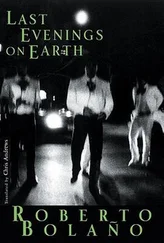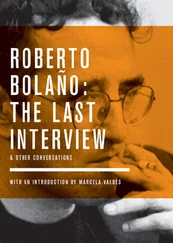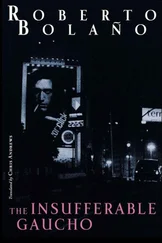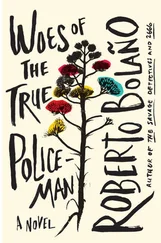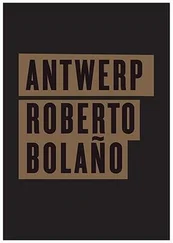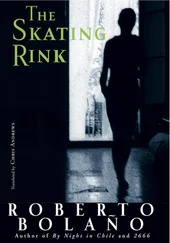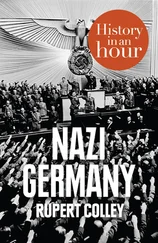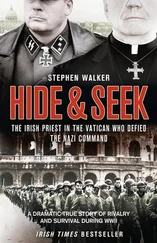The following years were rich and productive: she wrote new books, made new friends, traveled to new places (touring the north of Argentina, she crossed the Bolivian border on horseback), launched new publishing ventures, and diversified her artistic activity, writing the libretto for an opera ( Ana, the Peasant Redeemed , 1935, whose première at the Teatro Colón divided the public and led to verbal and physical confrontations), painting a series of landscapes in the province of Buenos Aires, and collaborating in the production of three plays by the Uruguayan author Wenceslao Hassel.
When Sebastian Mendiluce died, in 1940, Edelmira was unable to travel to Europe, as she would have wished, because of the war. Deranged by sorrow, she composed a death notice which took up a whole page in each of the nation’s major newspapers, and was signed: Edelmira, the widow Mendiluce. The text no doubt reflected her unstable mental state. It was widely mocked and derided among the Argentinean intelligentsia.
Once again, she withdrew to her ranch in Azul, accompanied only by her daughter, the faithful Carozzone, and a young painter named Atilio Franchetti. In the mornings she wrote or painted. Her afternoons were occupied by long solitary walks or hours of reading. Reading and a bent for interior design gave rise to her finest work, Poe’s Room (1944), which prefigured the nouveau roman and much subsequent avant-garde writing, and earned the widow Mendiluce an eminent place in the panorama of Argentinean and Hispanic letters.
This is how she came to write the book. Edelmira read Edgar Allan Poe’s essay “Philosophy of Furniture.” She was excited. She felt that she had found a soul mate in Poe: their ideas about decoration coincided. She discussed the subject at length with Carozzone and Atilio Franchetti. Following Poe’s instructions to the letter, Franchetti painted a picture: an oblong room thirty feet deep and twenty-five feet wide, with a door and two windows in the far wall. He reproduced Poe’s furniture, wallpaper and curtains as exactly as possible. Pictorial exactitude, however, was insufficient for Edelmira, so she decided to have a replica of the room built in the garden of her ranch, in accordance with the directions given by Poe. She sent her delegates (antique dealers, cabinet makers, carpenters) hunting for the items described in the essay. The desired but only partly attained result consisted of:
— Large windows reaching down to the floor, set in deep recesses.
— Windowpanes of crimson-tinted glass.
— More than usually massive rosewood framings.
— Inside the recesses, curtains of a thick silver tissue, adapted to the shape of the window and hanging loosely in small volumes.
— Outside the recesses, curtains of an exceedingly rich crimson silk, fringed with a deep network of gold, and lined with the same silver tissue used for the exterior blind.
— The folds of the curtain fabric issuing from beneath a broad entablature of rich giltwork, encircling the room at the junction of the ceiling and walls.
— The drapery thrown open, or closed, by means of a thick rope of gold loosely enveloping it, and resolving itself readily into a knot, no pins or other such devices being apparent.
— The colors of the curtain and their fringe — the tints of crimson and gold — appearing everywhere in profusion, and determining the character of the room.
— The carpet — of Saxony material — half an inch think, of the same crimson ground, relieved simply by the appearance of a gold cord (like that festooning the curtains) raised slightly above the surface of the ground, and thrown upon it in such a manner as to form a succession of short irregular curves — one occasionally overlaying the other.
— The walls prepared with a glossy paper of a silver gray tint, spotted with small arabesque devices of a fainter hue of the prevalent crimson.
— Many paintings. Chiefly landscapes of an imaginative cast — such as the fairy grottoes of Stanfield, or Chapman’s Lake of the Dismal Swamp — but also three or four female heads, of an ethereal beauty — portraits in the manner of Sully, each picture having a warm but dark tone.
— Not one of the paintings being of small size, since diminutive paintings give that spotty look to a room, which is the blemish of so many a fine work of Art overtouched.
— The frames broad but not deep, and richly carved, without being dulled or filigreed.
— The paintings lying flat on the walls, not hanging off with cords.
— One mirror, not very large and nearly circular in shape, hung so that a reflection of a person in any of the ordinary sitting places of the room could not be obtained from it.
— The only seats being two large, low sofas of rosewood and crimson, gold-flowered silk, and two light conversation chairs, also of rosewood.
— A pianoforte made of the same wood, with no cover, and thrown open.
— An octagonal table — also without cover — formed altogether of the richest gold-threaded marble, placed near one of the sofas.
— A profusion of sweet and vivid flowers blooming in four large and gorgeous Sèvres vases, set in each of the slightly rounded angles of the room.
— A tall candelabrum, bearing a small antique lamp with highly perfumed oil, standing beside one of the sofas (upon which slept Poe’s friend, the possessor of this ideal room).
— Some light and graceful hanging shelves, with golden edges and crimson silk cords with gold tassels, sustaining two or three hundred magnificently bound books.
— Beyond these things, no furniture, except for an Argand lamp, with a plain, crimson-tinted ground-glass shade, depending from the lofty vaulted ceiling by a single slender gold chain and throwing a tranquil but magical radiance over all.
The Argand lamp was not particularly difficult to procure. Nor were the curtains, the carpet or the sofas. The wallpaper proved more problematic, but the widow Mendiluce dealt directly with a manufacturer, providing a pattern specially designed by Franchetti. Paintings by Stanfield or Chapman were not to be had, but the painter and his friend Arturo Velasco, himself a promising young artist, produced a number of works, which finally satisfied Edelmira’s desires. The rosewood piano also posed a number of problems, all of which were eventually solved.
When the reconstruction of the room was complete, Edelmira judged that the time to write had come. The first part of “Poe’s Room” is a detailed description of the same. The second part is a treatise on good taste and interior design, which develops a number of Poe’s precepts. The third part is devoted to the building of the room on a lawn in the garden of Edelmira’s ranch in Azul. The fourth part is a meticulous account of the search for the furniture. The fifth part is a description of the reconstructed room, similar to but also different from the room conceived by Poe, with a particular emphasis on the light, the color crimson, the origin and state of conservation of various pieces of furniture, the quality of the paintings (every one of which is described, without sparing the reader a single detail). The sixth, final and probably briefest part is a portrait of Poe’s friend, the dozing man. Certain perhaps over-ingenious critics identified that figure as the recently deceased Sebastian Mendiluce.
The book made little impact at the time of its publication. On this occasion, however, Edelmira was so sure of what she had written that the general incomprehension hardly affected her.
According to her enemies, during 1945 and 1946 she made frequent visits to deserted beaches and little-known coves, where she welcomed the clandestine travelers arriving in what was left of Admiral Doenitz’s submarine fleet. It has also been claimed that she financed the magazine The Fourth Reich in Argentina and, subsequently, the publishing house of the same name.
Читать дальше
